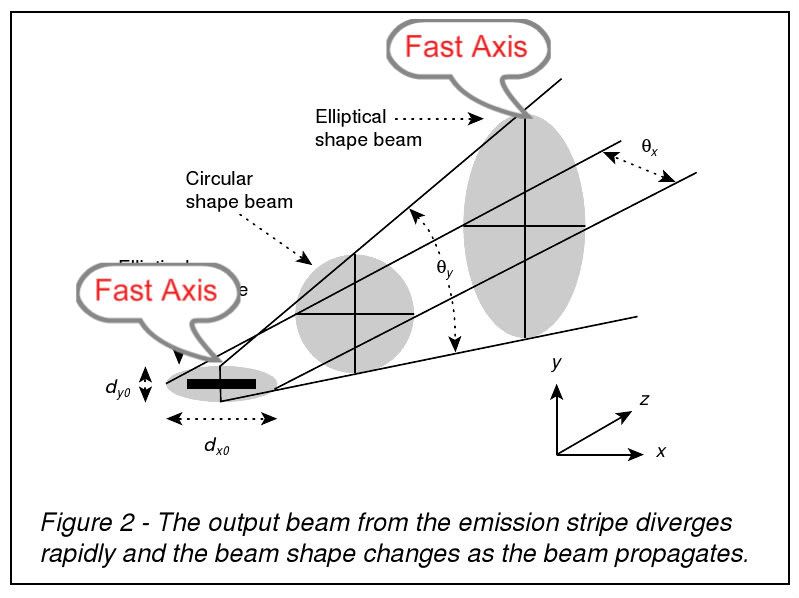Yes. Cylinder lenses only act on one axis.
2X, 3X, etc is just the ratio of the focal length of the lenses used. It is also the magnification of the system when using only 2 lenses. It is also possible to use 2 positive lenses, plano convex for example. The drawbacks of 2 positive lenses are a longer total system and possible higher spherical aberration.
In your previous post I thought you meant you wanted to put 2 expanders in series. --C---D---C---D--->. This will work and the magnification is the product of the 2 systems. You will end up with a long optical train and double the cost. That is why I mentioned the 3 lens approach.
The currently available lens pairs available for cheap are only 2X and 4X that I know of. The lenses available from edmunds are ridiculous in price. Also, I think the smallest -FL cylinder lens from EO is -12.5mm. So, to make a 6X system you would need a +75mm lens. That make the total system just over 60mm. If you use a -6mm FL and a 36mm +lens you have 6X in just 30mm.
This is hard because the cylinder makes the system astigmatic. Therefore its hard to focus both axis at the same time with the PCX round (spherical) lens or any lens after.
Also note: the slow diverging axis after the collimating lens is actually the "fast axis" in diode terminology.
Another option for higher magnification with a given set of lenses, say 4x was mentioned above by someone I think. This is done by moving the corrective set of lenses further away from the diode.
What happens here is taking advantage of the rapidly diverging beam in the slow axis (diode terms). The further away from the diode the wider the beam is when it enters the corrective optics. So, the shorter the FL on the collimation lens the faster the beam diverges making the effect more noticeable. A 3 element lens will not give a noticeable effect unless you are some inches away.
.
Unfortunately yes

still cheaper than edmunds and shorter system than 2 in series.




